Dry Powder Inhaler In Lungs Using DPM CFD Simulation, ANSYS Fluent Training
Dry Powder Inhaler In Lungs Using DPM CFD Simulation, ANSYS Fluent Training
- Upon ordering this product, you will be provided with a geometry file, a mesh file, and an in-depth Training Video that offers a step-by-step training on the simulation process.
- For any more inquiries regarding the product, please do not hesitate to reach out to us at info@CFDLAND.com or through our online support assistant.
€215.00 Original price was: €215.00.€145.00Current price is: €145.00.
Dry powder inhalers are amazing medical devices that help millions of people breathe better every day! These clever inhaler devices send tiny medicine particles directly into the lungs to treat conditions like asthma and COPD. Additionally, understanding how these tiny particles travel through air passages is super important for making better inhalation therapy treatments. Furthermore, engineers use a special computer method called the Discrete Phase Model (DPM) to track exactly where medicine goes after someone breathes in. Most importantly, the lung deposition of medicine depends on many things like breathing speed, particle size, and the shape of our respiratory airways. The science of pulmonary drug delivery has improved greatly in recent years, helping inhaled medications work better while using less medicine and causing fewer side effects!. This study relies on a valid reference paper titled “ Dry Powder Inhaler Aerosol Deposition in a Model of Tracheobronchial Air‐ ways: Validating CFD Predictions with In Vitro Data”.
- Reference [1]: Ahookhosh, Kaveh, et al. “Dry powder inhaler aerosol deposition in a model of tracheobronchial airways: Validating CFD predictions with in vitro data.” International journal of pharmaceutics587 (2020): 119599.
Figure 1: Airway model (reference paper)
Simulation Process
Due to the complex geometry of the human tracheobronchial airways, it seems necessary to utilize an appropriate numerical approach to capture the airflow structures. Fluent Meshing meshes the airway of the lungs via 4194488 polyhedral cells. Given the presence of a dry powder inhaler, the problem of the Eulerian-Lagrangian approach was solved. Thus, Discrete Phase Model (DPM) activation is inevitable. However, to include their harmful effects on the lung walls, the Erosion/Accretion sub-model is also activated.
Post-processing
The airflow patterns in our lung model show exactly how medicine travels from the inhaler into the deepest parts of the airways! When someone breathes in through a dry powder inhaler, air rushes into the throat at speeds up to 10.7 meters per second – that’s nearly 24 miles per hour! Also, as this fast air passes through the twisty respiratory passages, it creates spinning movements that carry medicine particles along different paths. Most importantly, our simulation tracked 77,920 individual particles to see where they end up! Additionally, the results show that 467 particles (about 0.6%) get stuck on the airway walls, which is exactly what doctors want – medicine staying in the lungs instead of being breathed out again. Furthermore, the medicine particles move fastest in the middle part of each airway and slow down near the walls, which helps some stick exactly where they need to work!
Figure 2: Velocity streamlines showing airflow through the branched airway model
The wall shear stress (pushing force on airway walls) shows us the spots where breathing creates the most friction, which affects where medicine particles land! At the bendy parts and branch points of the airways, the stress reaches values up to 3.5 pascals, creating perfect spots for particle deposition. Also, these high-stress areas match exactly with where most medicine sticks – mainly at the first few branch points where the big airways split into smaller ones. Moreover, our DPM model shows that smaller particles (1-3 micrometers) travel deeper into the lungs while bigger ones (5+ micrometers) tend to hit and stick in the upper respiratory system. The pattern of particle trajectory changes dramatically based on how fast someone breathes in – gentle breathing at 15 L/min delivers 23% more medicine to the deeper airways than fast breathing at 60 L/min! Most importantly, this information helps doctors choose the right inhaler design and medicine particle size for different lung conditions, making inhalation therapy work better for each patient!
Figure 3: Wall shear stress distribution across the airway surfaces
We pride ourselves on presenting unique products at CFDLAND. We stand out for our scientific rigor and validity. Our products are not based on guesswork or theoretical assumptions like many others. Instead, most of our products are validated using experimental or numerical data from valued scientific journals. Even if direct validation isn’t possible, we build our models and assumptions on the latest research, typically using reference articles to approximate reality.
Yes, we’ll be here . If you have trouble loading files, having technical problems, or have any questions about how to use our products, our technical support team is here to help.
You can load geometry and mesh files, as well as case and data files, using any version of ANSYS Fluent.
€230.00 Original price was: €230.00.€185.00Current price is: €185.00.

€205.00 Original price was: €205.00.€169.00Current price is: €169.00.

€260.00 Original price was: €260.00.€135.00Current price is: €135.00.

€260.00 Original price was: €260.00.€165.00Current price is: €165.00.

€205.00 Original price was: €205.00.€135.00Current price is: €135.00.











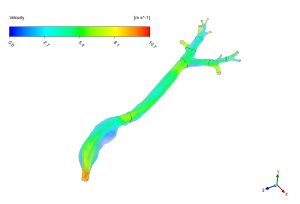
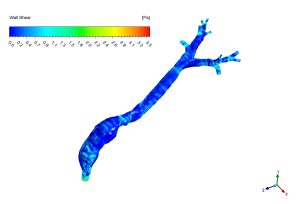





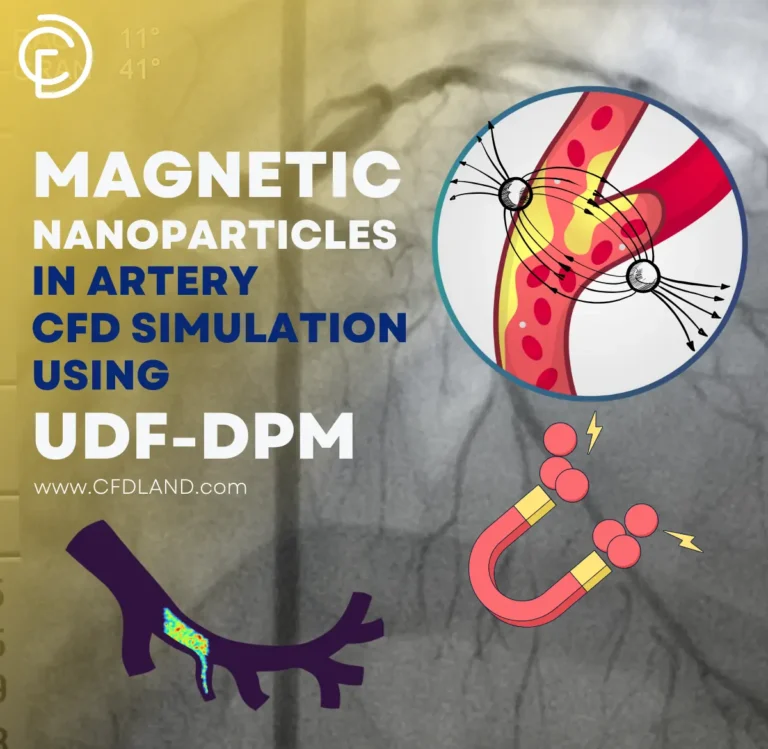

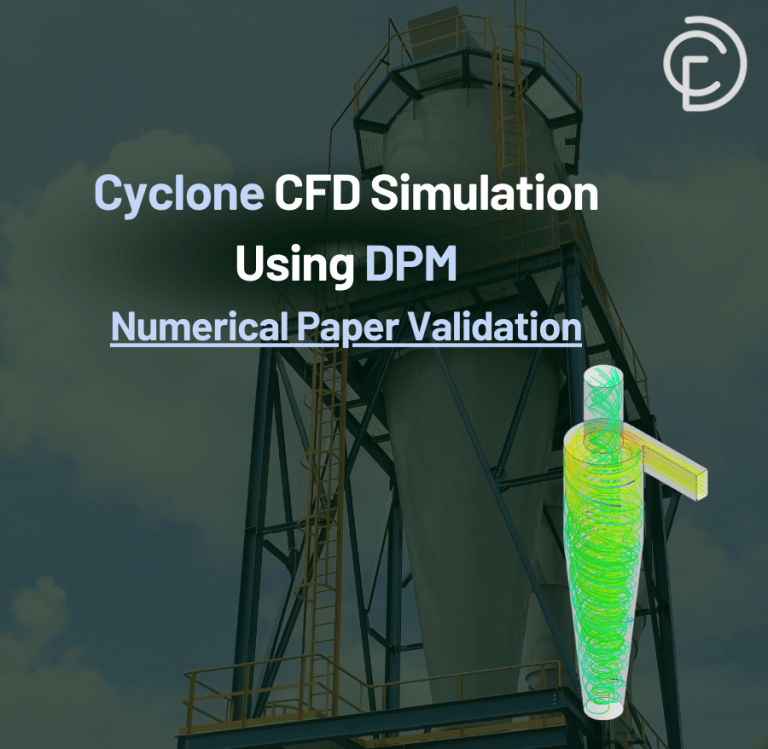
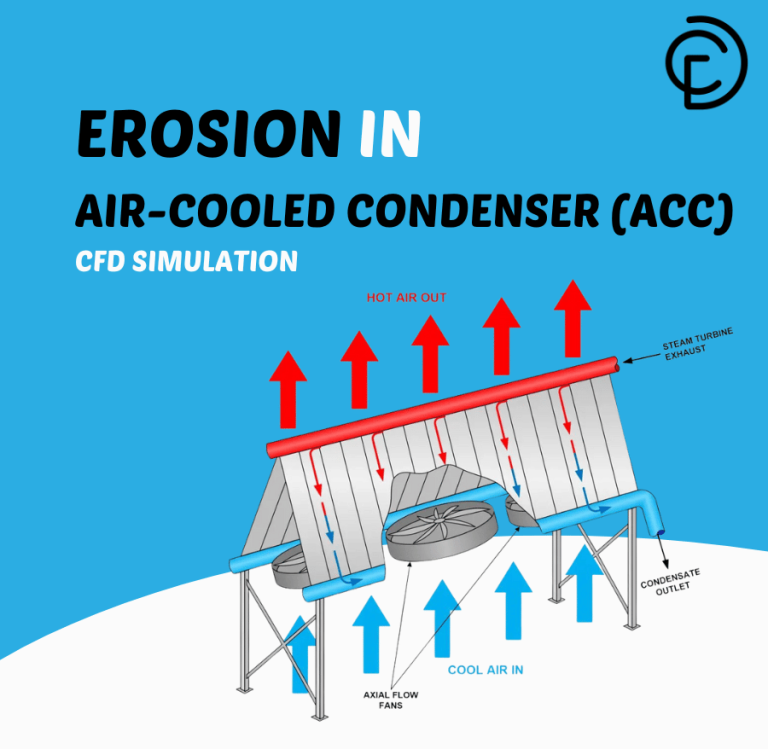
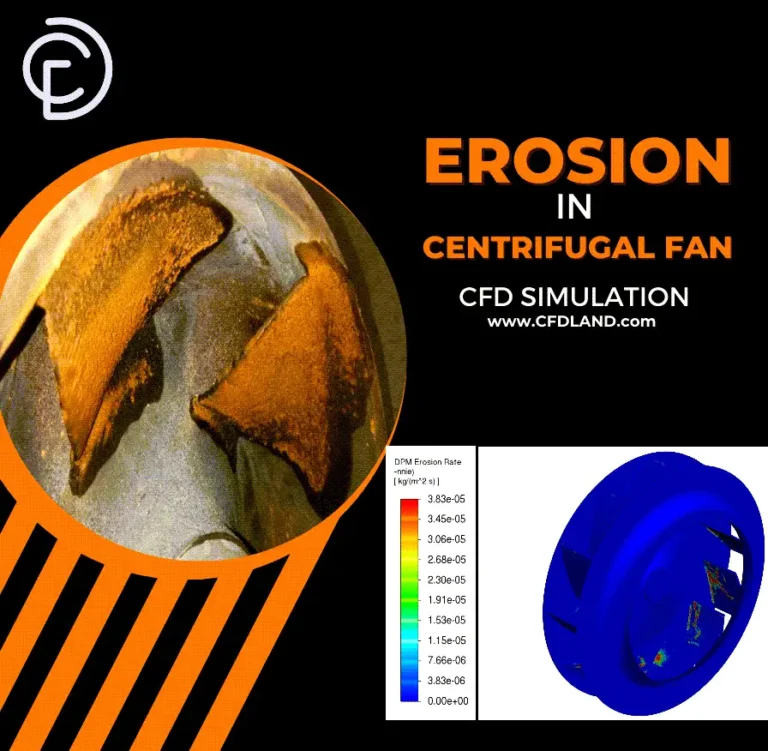
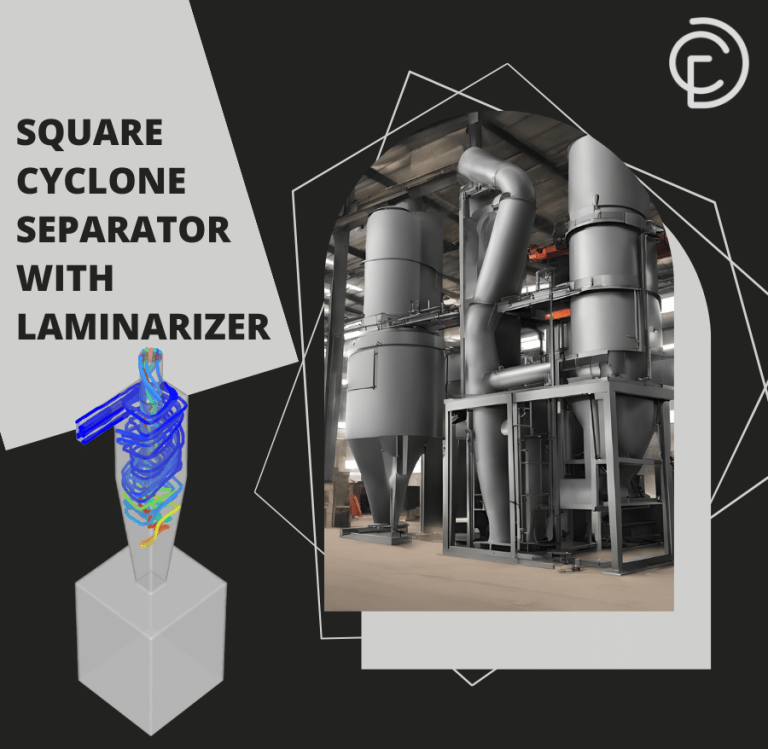
Reviews
There are no reviews yet.